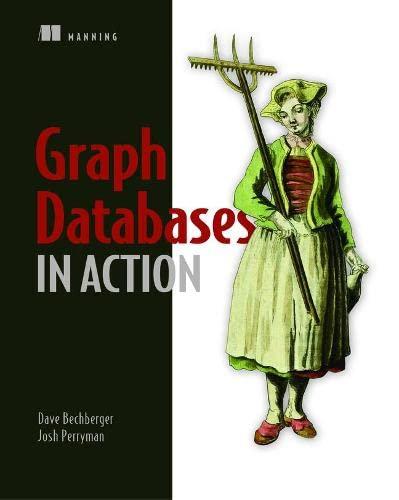Question
C++ program help. There should be 11 files total (including headers) animals.cpp + animals.hpp tigers.cpp + tigers.hpp penguins.cpp + penguins.hpp turtles.cpp + turtles.hpp setup.cpp +
C++ program help.
There should be 11 files total (including headers)
animals.cpp + animals.hpp
tigers.cpp + tigers.hpp
penguins.cpp + penguins.hpp
turtles.cpp + turtles.hpp
setup.cpp + setup.hpp
main.cpp
For this project, we will write a zoo tycoon game using classes and inheritance. Zoo tycoon is a game that allows players to run a zoo business. Different types of animals cost different prices, have different maintenance costs, and of course, return a different profit at the end of each day. For this game, the player will be the proud owner of a virtual zoo that has spaces to house tigers, penguins and turtles.
Requirements
Animal Class
The Animal class has the following member variables:
Age
Adult if age >= 3 days
Baby if age < 3 days
Cost
Tiger cost $10,000
Penguin cost $1,000
Turtle cost $100
Number of Babies
Tigers have 1 baby
Penguins have 5 babies
Turtles have 10 babies
Base Food Cost
You can get this base food cost from the user or set it as a constant. Example base food cost per animal per day: $10.
Tigers have a feeding cost of 5 times the base cost
Penguins have a feeding cost that is the same as the base cost
Turtles have a feeding cost that is 50% the base cost
Payoff
A tigers payoff per day is 20% of their cost per animal. (not counting bonus)
A penguins payoff per day is 10% of their cost per animal
A turtles payoff per day is 5% of their cost per animal
Note: please do not modify the variables names or add more member variables to this class.
Game Flow:
The player begins with a specific amount of money in the bank, e.g. 100,000 dollars. At the start, the user needs to buy three types of animals (tigers, penguins, turtles) to start the business. Each type should have a quantity of either 1 or 2. For each animal bought, the cost is subtracted from the bank. All newly bought animals are 1 day old.
Each turn is a day. At the beginning of the day, all animals increase age by 1 day, and the user needs to pay the feeding cost of each animal. Feeding is required so the animals dont die. After the feeding cost is subtracted from the bank, one randomized event takes place during the day. You can determine how to implement the random functions by yourself. The random function will pick one random event from the following list:
Random Events:
A sickness occurs to an animal in the zoo:
Pick an animal at random that will die
Remove one animal of that type from the exhibit. (dynamic array in the zoo)
A boom in zoo attendance occurs:
Generate a random bonus for the day, 250-500 dollars for each tiger in the zoo
Add the bonus payoff for each tiger to the total payoff of the day as a reward
A baby animal is born:
Pick an animal at random to have a baby
Check if there is an animal old enough to be a parent (age >= 3), add babies to the zoo depending on the number of babies specific to the type of animal. If no animal is old enough of the randomly selected type, pick another type of animal. Baby animals start at age 0. For simplicity, you dont need to consider the gender of the adult animals in order to have babies. One adult animal is good enough to have babies.
Note: If no animals are able to give birth to baby animals in the zoo, your program needs to be able to recognize this and recover.
4. Nothing happens
After the random event, calculate the profit for the day based on the number of each animals and their payoff. If there is a bonus for the day, add it to the profit as well. Before the day ends, ask the player if they would like to buy an adult animal. If they do, ask for the type of animal they would like, then add the animal to the zoo and subtract that cost from the bank. The adult animal that is bought will be 3 days old.
After the end of a day (the end of the game play loop), prompt user whether to keep playing or end the game. If the user has no money, print a message to tell the user the game is over, and end the game.
Class requirements
The following classes are required: zoo, animal, tiger, penguin, and turtle. The program also must use inheritance; the tiger, penguin, and turtle class must inherit from animal class.
Also, the zoo class should have a dynamic array for each type of animal. Each dynamic array should have a capacity of 10 animals to start with. If more animals are added, you should resize the dynamic array by doubling the starting capacity to hold more animals.
Step by Step Solution
There are 3 Steps involved in it
Step: 1

Get Instant Access to Expert-Tailored Solutions
See step-by-step solutions with expert insights and AI powered tools for academic success
Step: 2

Step: 3

Ace Your Homework with AI
Get the answers you need in no time with our AI-driven, step-by-step assistance
Get Started


